← Natural hazards discover more
Storms
Storms can happen any time of the year in Aotearoa New Zealand. They bring heavy rain, hail, lightning, strong winds, and sometimes tornadoes. Storms can also cause flooding, landslides, and even snow in some areas.
Because New Zealand sits in the Roaring Forties (between 40 and 50 degrees south), storms happen when warm air from the north meets cooler air from the south. This makes storms common and sometimes severe.
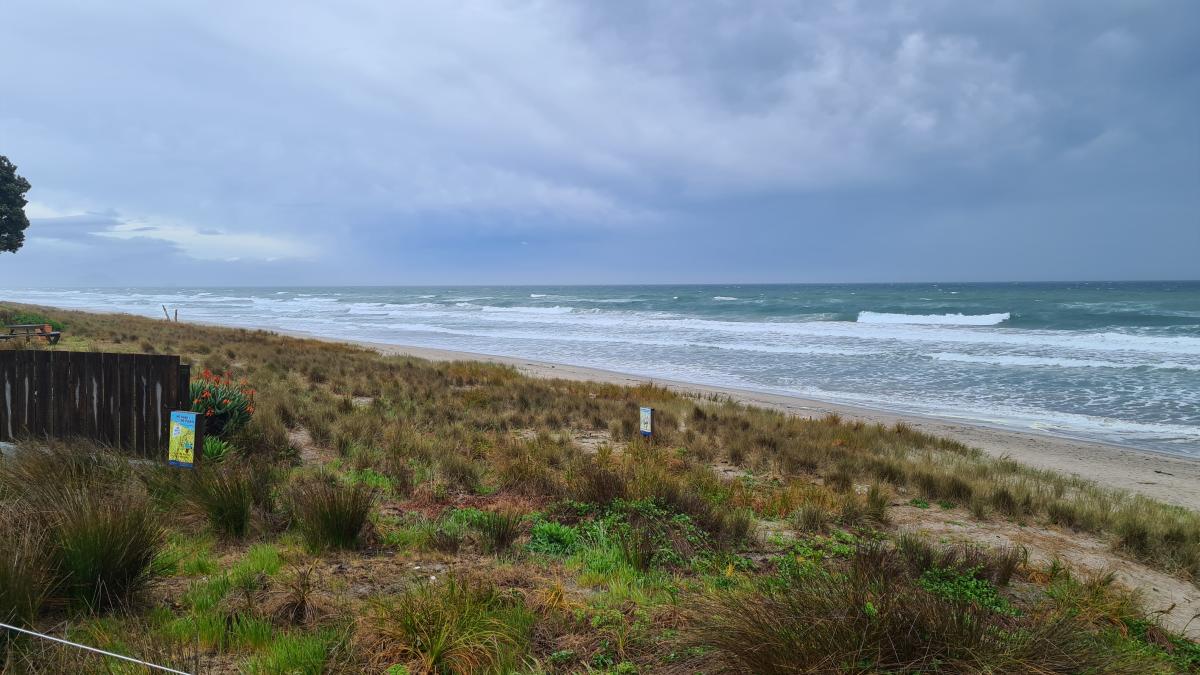
Storms can bring heavy rain, hail, lightning, strong winds, and sometimes tornadoes. Image: LEARNZ.
Severe weather from storms includes:
- Heavy rain: This can cause rivers and streams to rise quickly, creating fast currents that can wash away people, animals, cars, and damage bridges and roads.
- Hail: Large hailstones can damage roofs, cars, crops, and even break windows.
- Strong winds: Winds can knock down trees and power poles, tear off roofs, and turn loose objects into dangerous flying missiles.
- Tornadoes: These are narrow columns of rotating air that touch the ground. They’re usually small and weak in New Zealand, but can still cause serious damage.
- Cyclones: Also called hurricanes or typhoons, cyclones are large, spinning storms that form in the tropics. By the time they reach New Zealand, they usually weaken but can still cause damage.
- Snowstorms: Heavy snowfalls, often with strong winds, can make driving dangerous, isolate communities, and increase the risk of avalanches in mountain areas.
- Storm surges: These are extra-high waves caused by low air pressure and strong winds pushing seawater onto the shore, flooding coastal areas.
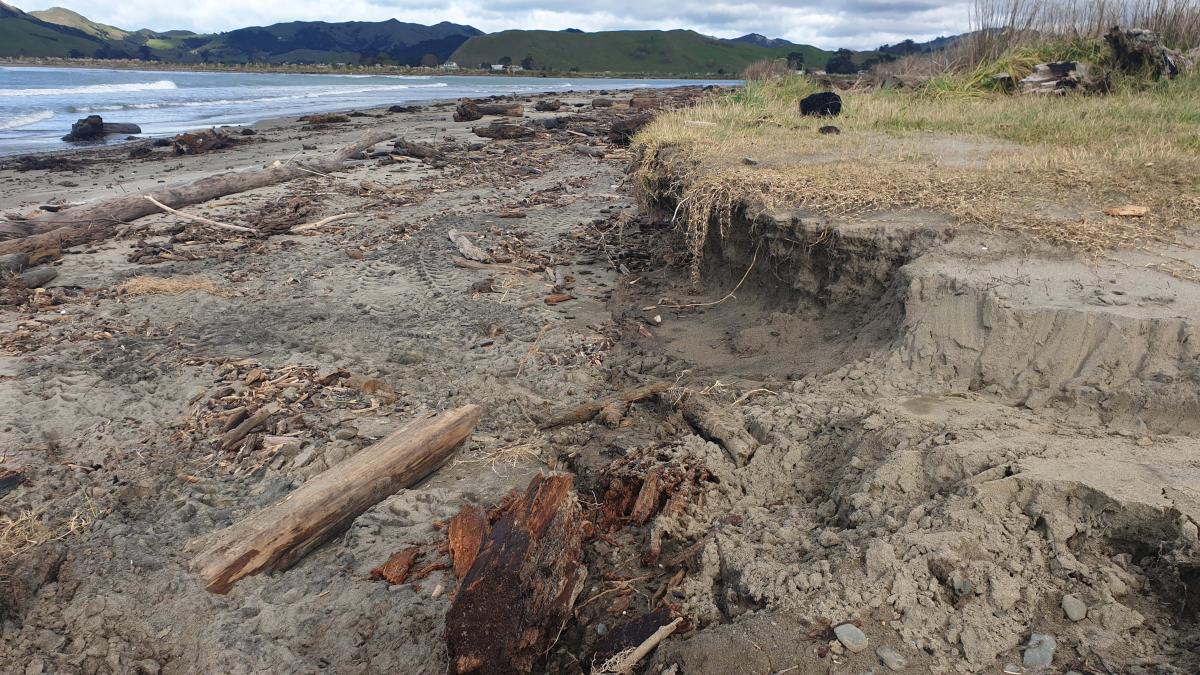
Storm surges push seawater onto the shore, causing damage and flooding coastal areas. Image: LEARNZ.
Flooding
Flooding is New Zealand’s most common natural hazard. It causes more emergencies, damage, and losses than any other hazard.
Floods are usually caused by:
- heavy or prolonged rainfall
- landslides triggered by rain or earthquakes
- dam failures
- high sea levels at river mouths
- coastal storm surges and tsunamis.
Floodwater is dangerous. It can sweep people and animals away, damage buildings and roads, and contaminate land and water. After a big flood, cleanup and recovery can take months or years.
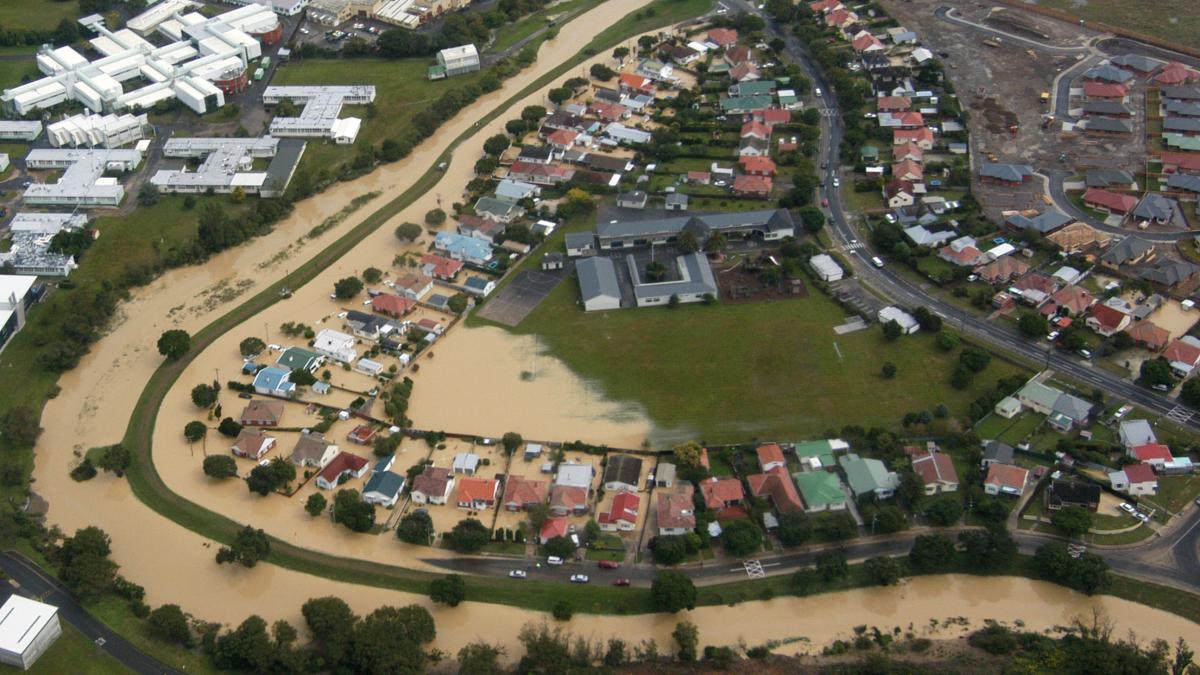
Flooding is New Zealand’s most common natural hazard. Image: NEMA.
Getting ready for storms and floods
- Make and practise your family emergency plan and have grab bags ready.
- Stay updated with weather warnings from MetService and your local Civil Defence Emergency Management Group.
- If you live on a farm, know which paddocks are safest for moving livestock away from hazards.
- Ask your local council about flood risks in your area and what you can do to reduce damage to your home.
What to do during a storm
- Stay inside and away from windows.
- Don’t go outside or drive unless necessary.
- Close windows, doors, and pull curtains or blinds over windows.
- Bring pets indoors.
- Listen to the radio or check Civil Defence websites and social media for updates.
- Be ready for power outages and know how to cook and keep warm without electricity.
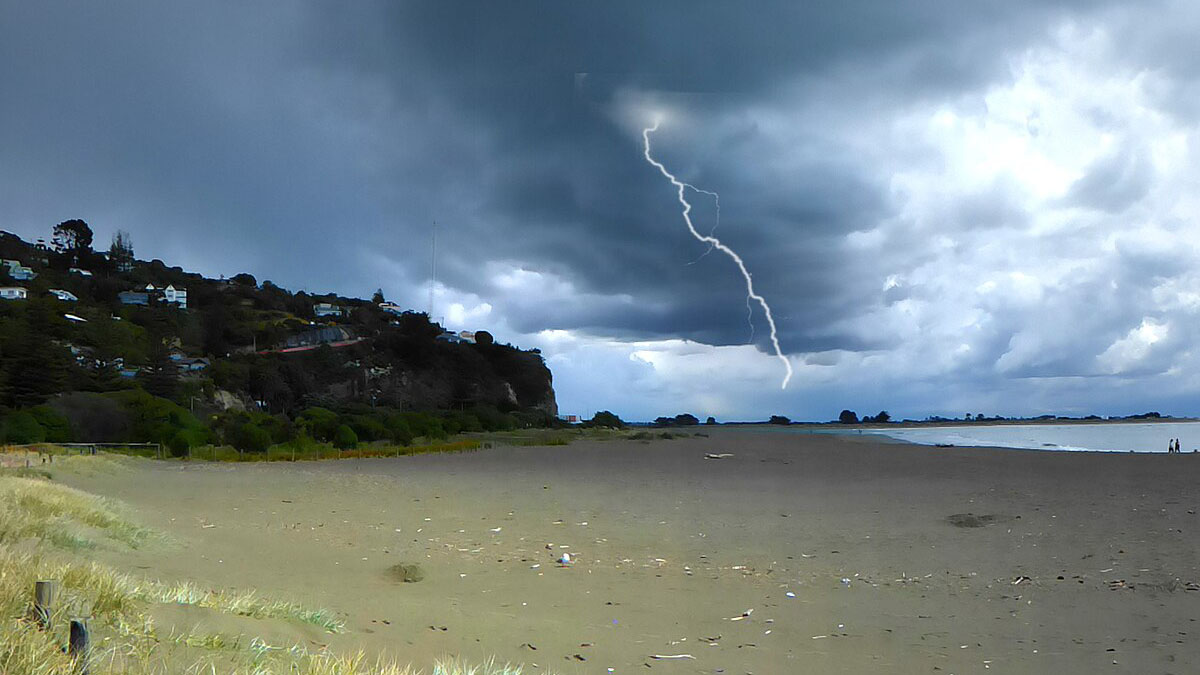
Know what to do during a storm to be safe: Image: Public domain.
What to do during a flood
- If you see rising water, tell an adult immediately and move to higher ground, even before an official warning.
- Take your grab bag and pets with you if you evacuate.
- Never try to walk, swim, or drive through floodwaters – they can be deeper and faster than they look.
- Floodwater is often contaminated with farm run-off, chemicals and sewage. Contaminated floodwater can make you sick. Make sure you wash your hands, clothes and property after contact with floodwaters.
- Only return home when emergency services say it’s safe.
- Watch for slippery or damaged ground and debris when you come back.
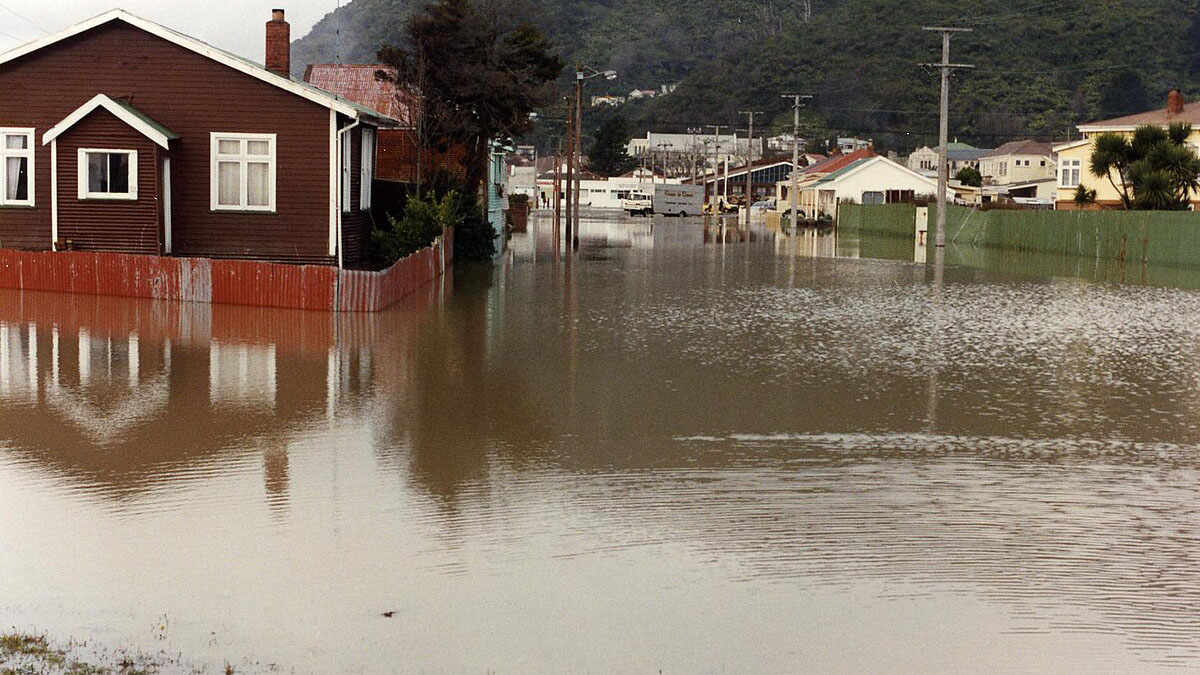
Take your grab bag and pet with you if you must evacuate during a flood. Image: Creative commons.
By understanding storms and floods and preparing ahead, you and your whānau can stay safe and protect your home.
Māori kupu | key words
ngā waipuke | storms
tūpararā | strong winds
hukawaitara | hail
huripari | hurricane, cyclone, tornado, typhoon
tohu huarere | weather forecast
ngā āwhā | floods
ua | rain
āwhā | heavy rain
pakaru | damage
kōkīkī | flood debris
paitini | contamination



